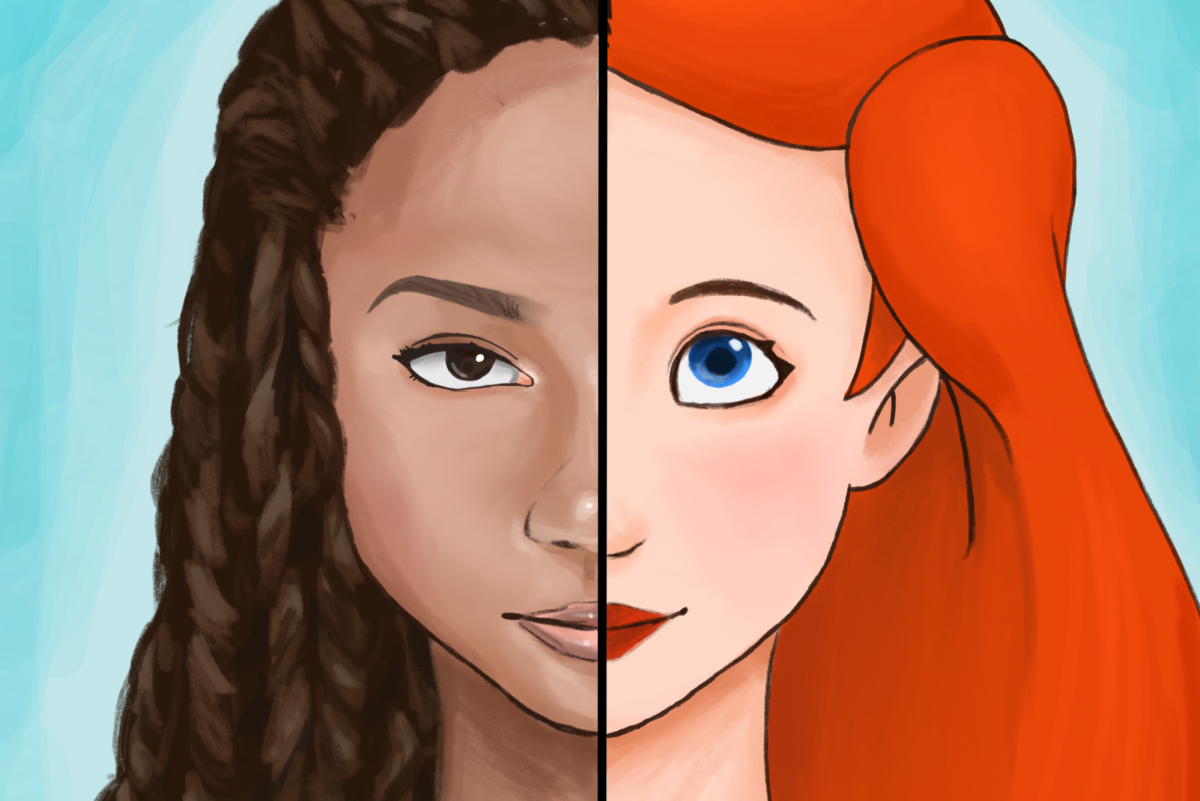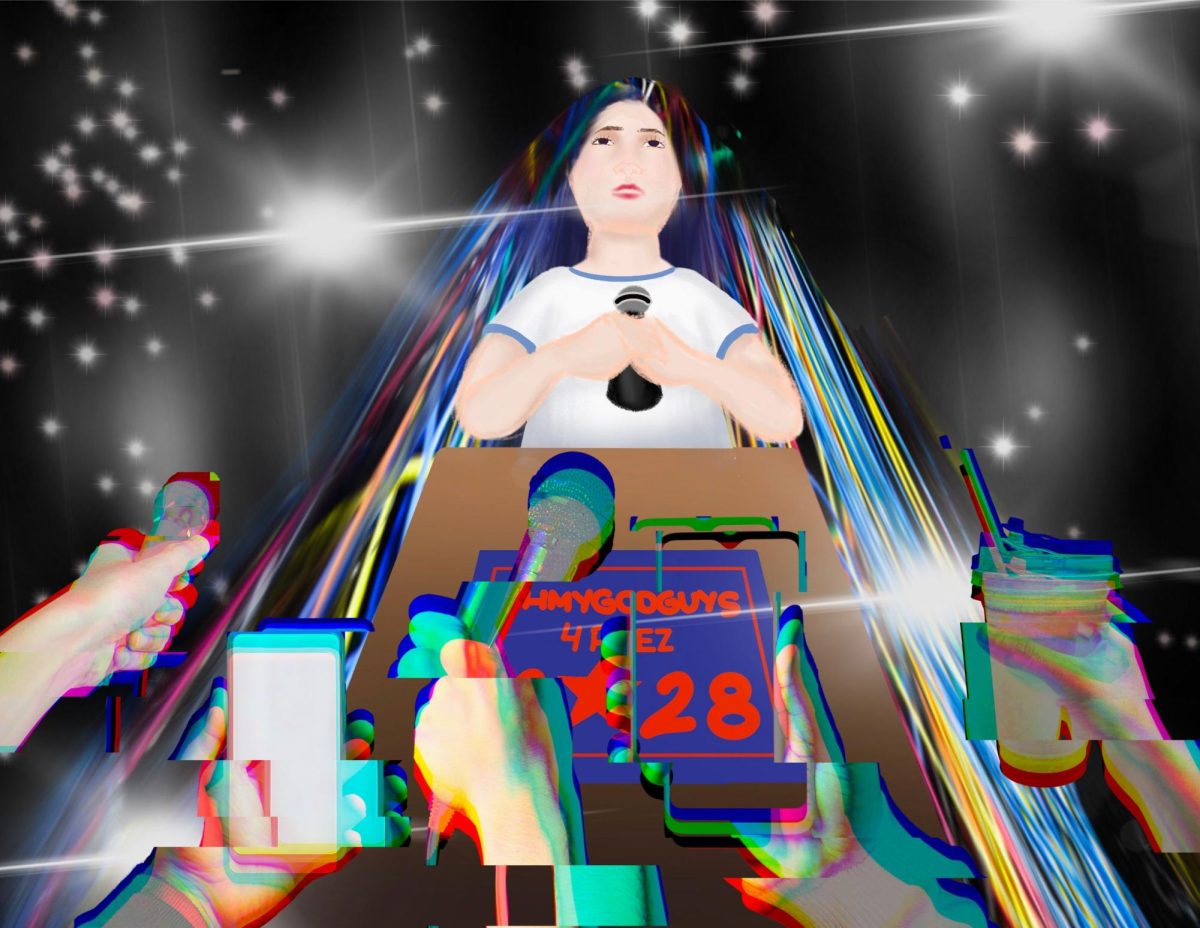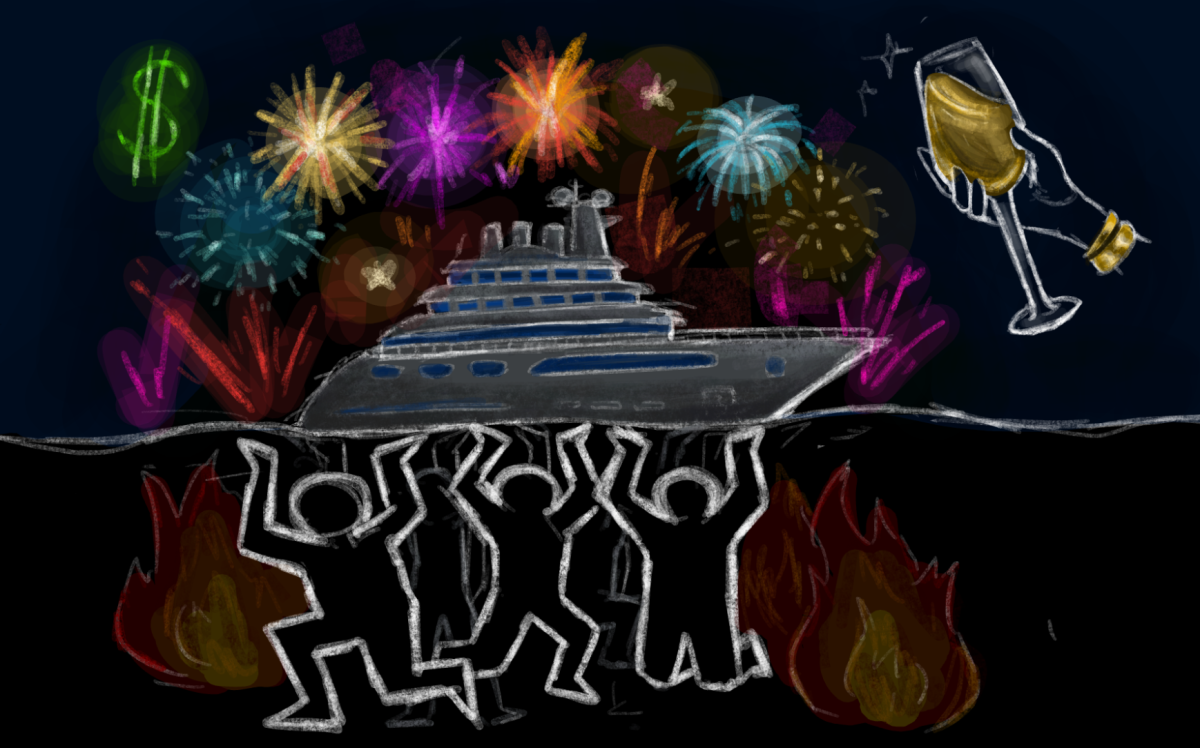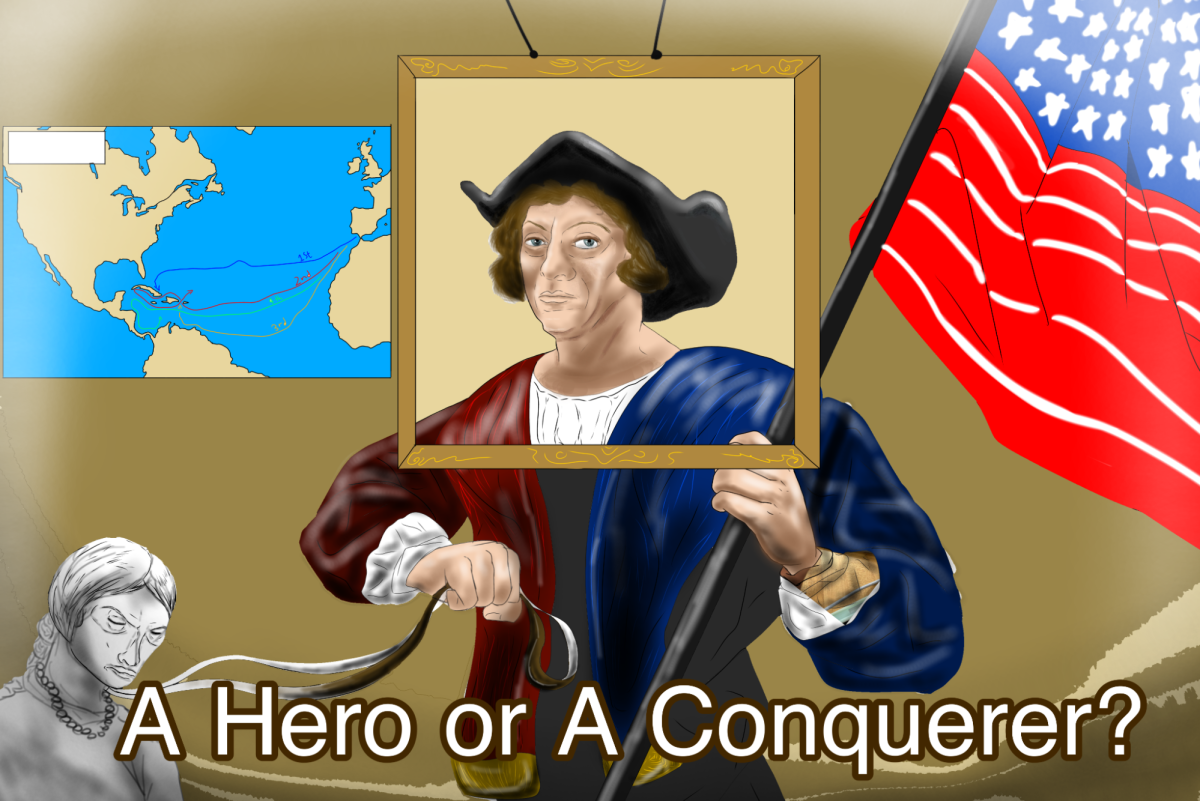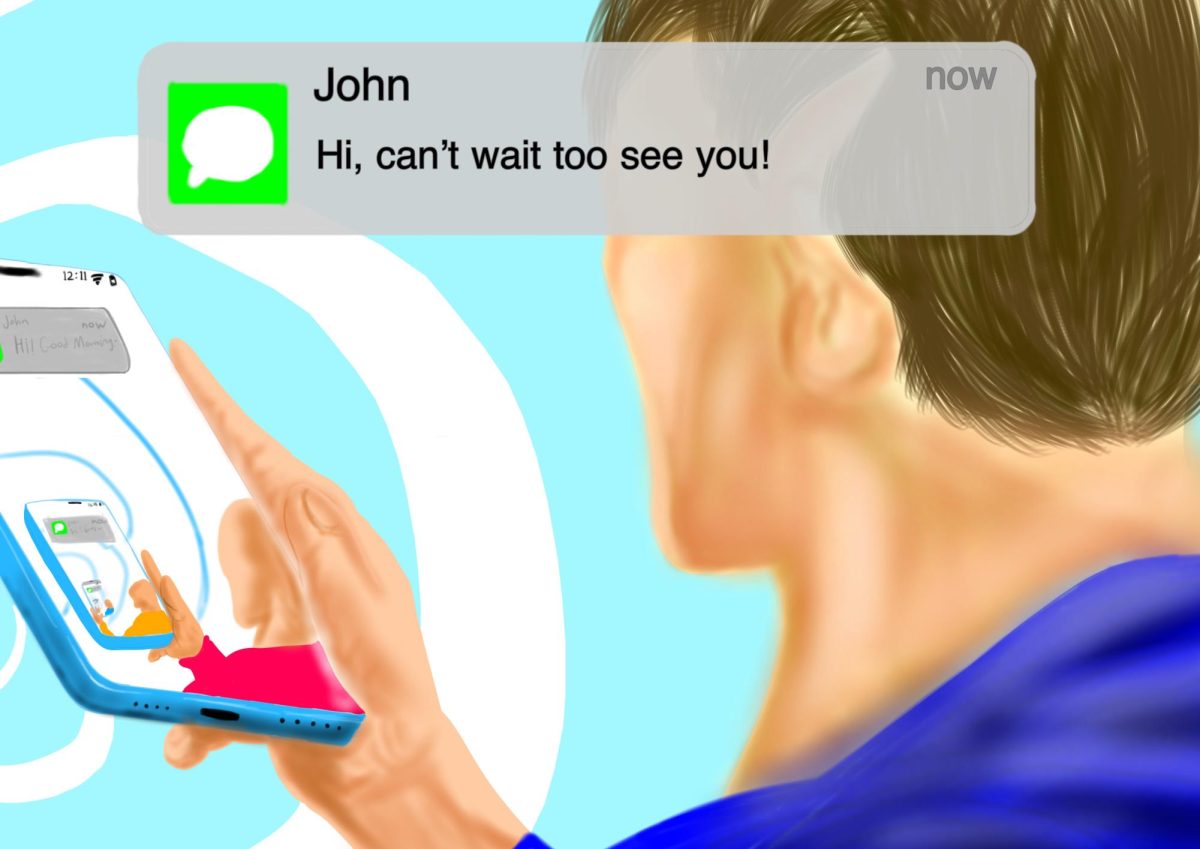Imagine hearing that your all-time favorite childhood fairy tale is finally being adapted into a live-action film. You are absolutely over the moon with excitement. As you eagerly open the cast list, ready to picture these beloved characters coming to life, the thrill quickly shifts to confusion. What you expected to see is far from what is being presented to you, leaving an unsettling feeling.
When races are altered in the production of movies based on popular, traditional media, the question arises: Are producers swapping race for inclusivity or attention?
Race-swapping in movies is when an actor is cast for a specific role that was previously depicted by a different race. Over the past decade, as older cartoons are being transformed into cinematic live-action films, race swapping has become increasingly common. Producers have received a lot of backlash from the public, who question the true motives behind casting.
For example, Ariel from “The Little Mermaid” and various actors from “Bridgerton” were cast as black actors, replacing the initial identity of the character or a historically accurate depiction. Many have disagreed on the effectiveness of this casting and question whether it is necessary at all.
Producers state that the practice is often driven by a desire to modernize older stories for a more diverse audience. By replacing the original race of a character with a different race, a film can incorporate more diverse actors, representing a vast group of people who, many decades ago, were not as prominent in the film industry.
If you look at it from this perspective, then this industry tactic is inclusive and supportive of all races. In the past, not all of the races were prominently shown and respected in films, especially in the 1900s. Early cinema not only reinforced every possible negative stereotype but also gave white people legitimacy through the imagery in the movies. For example, blacks were portrayed as inherently lazy, as in Rastus in Zululand (1910, Lubin), which portrays its main character as preferring sleep to work. Rastus was a coon character, described by Bogle (2016, 5) as “the most blatantly degrading of all black stereotypes,” Richard W. Waterman said in “The dark side of the farce: racism in early cinema.”
So, under this logic, race-swapped actor casting is rewriting history to be more inclusive for the benefit of society overall. Why should we be forcing ourselves to be stuck in time, recreating films with the same personas of characters and not advancing? As society moves forward, our film industry should too.
However, it almost seems like the characters are being used as leftovers for some poor attempt at representation. Taking an established and popular character and turning them into another minority, for example, a black character, is genuinely insulting for many.
These minorities want real representation with original characters, not just being replacements for white characters. Characters like Ariel were given as a leftover form of “representation,” and after that movie was over, everyone then referred to Ariel as she was in the past, with pale skin and red hair, her original design. Taking a white character and then casting a black actor does far more harm than good.
Replacing characters who have already been written out as a specific race is a disgrace and an unjust representation of the characters who are casted these roles. Underrepresented races deserve a chance in the spotlight; however, specific movies and opportunities would suit these actors better. Instead of throwing them in with a well-established character, they should be able to have new characters and films where the characters are known for their own individuality.
Additionally, it is valuable to look at the fact that race swapping is often done in a shady manner, and many believe that producers do not have the genuine intent of inclusivity. Rather, it is done as a publicity stunt since people want to say their own opinions and challenge the norm, or use it as a money grab.
Over the past decades, race swapping has received a strong backlash from society. So then this question emerges: Does the knowledge that race swapping causes controversy prompt producers to partake in it?
Producers are now fully aware that when they decide to race swap in their films, many viewers will have negative reactions. They know that the character in their film will always be seen as who they were before the race-swap. This simply creates a controversy over a character that otherwise has no reason to be changed in the first place.
Producers should strive for all of their characters and the film itself to be respected by the public. When they decide to race swap, the reputation of the actor often plummets.
Actor Rachel Zegler, who played Snow White, received an enormous amount of backlash for being cast in her role. “The idea of Zegler, an actor of Colombian descent, playing the Disney princess prompted racist backlash,” Time Magazine said. “Backlash against Zegler intensified after some fans questioned her appreciation for the role when she called out some of the more sexist elements of the original Snow White story.”
Furthermore, this ended up prompting further conversations that were completely unnecessary in the first place, leading Zeglar to share her own controversial political opinions. “[Zegler] became a lightning rod for controversy, not just due to her own actions, but because Snow White landed at the intersection of Hollywood’s creative stagnation, racial politics, international conflict, and America’s deep ideological divide,” Conor Riley, film critic, said in an interview for BCC.
So, why is it worth the risk to jeopardize the film’s name as a “messy form of inclusivity”?
Furthermore, it is also important to note that the said swapping at times is unnecessary because it does not preserve the tradition that these films come from. For example, the “Little Mermaid” has a deep cultural history that originates in ancient mermaid folklore, which influenced the Danish author Hans Christian Andersen’s literary tale in 1837. This folklore and story has been a resounding sentiment to Danish culture and children’s lives. Now that the life action has completely changed how this story is presented, along with it fades the cultural significance.
At the end of the day, even though many of these stories are fiction, there is too much controversy surrounding race-swapping and the aggressive backlash it gives to the actors and the film. Should we stop pushing the limits when it comes to this matter? It is better to just keep the characters as they are and create real representation with new characters.


